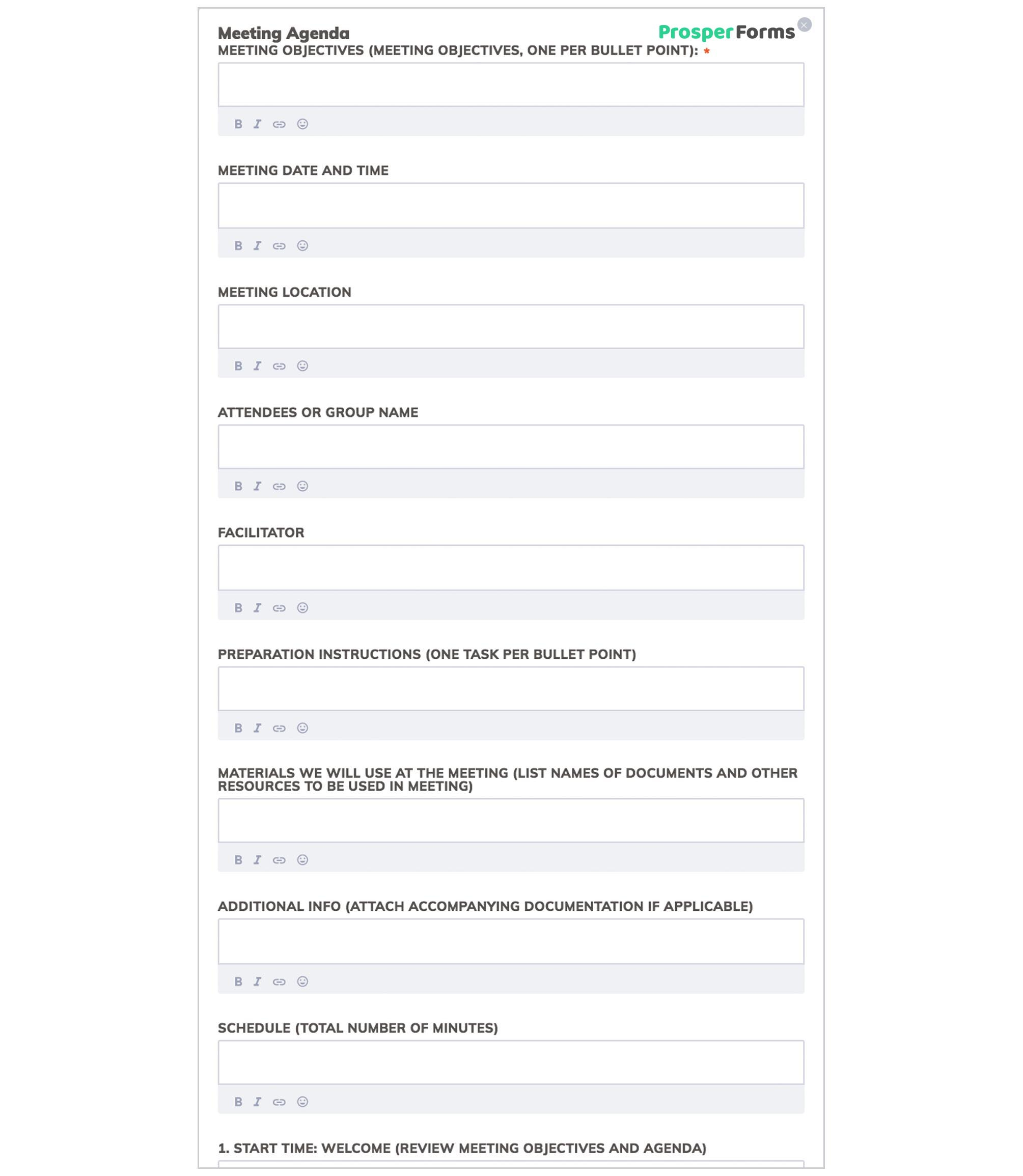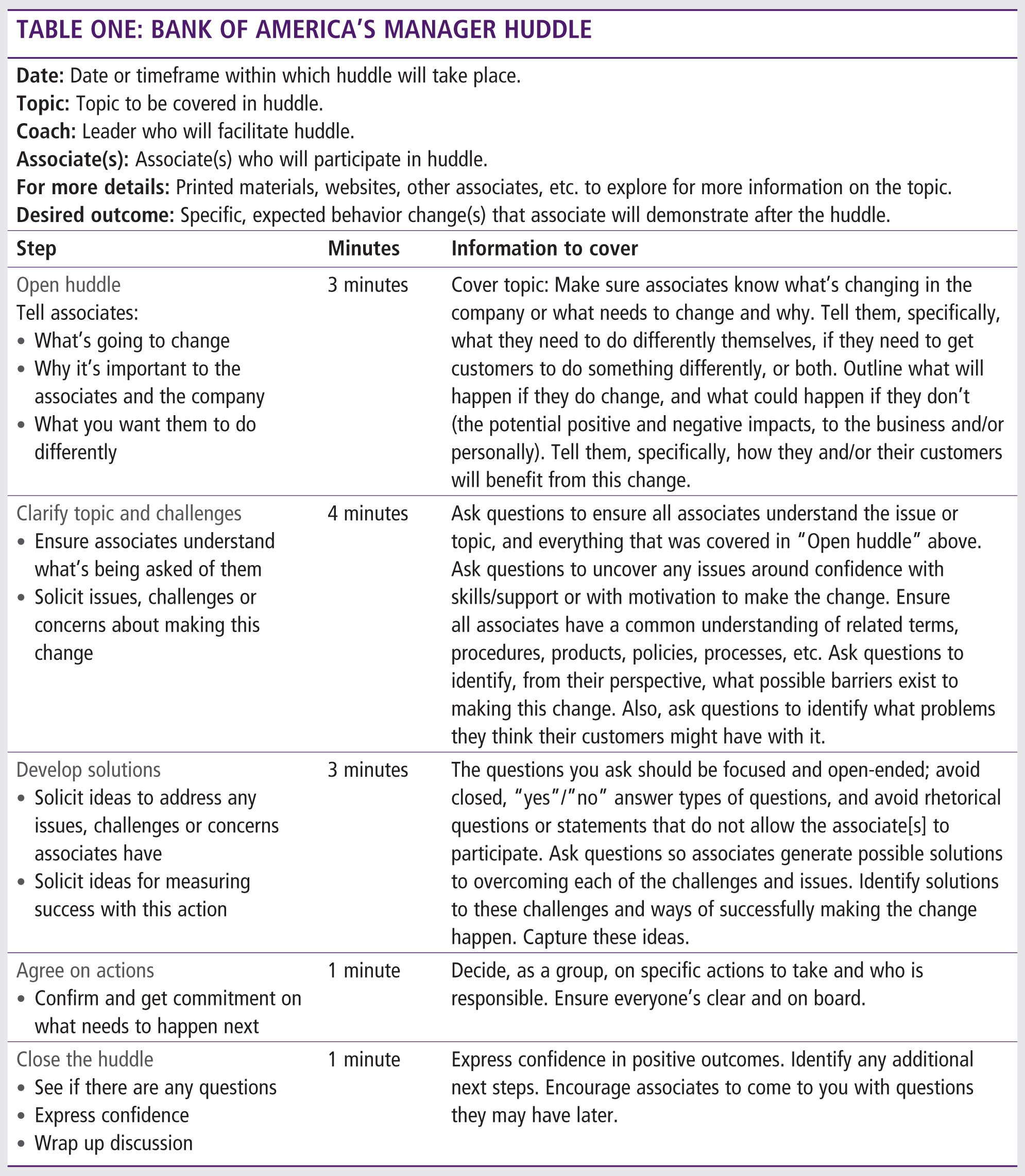 6 Tips To Successfully Conduct Daily Huddle Free Template within dimensions 2009 X 2310
6 Tips To Successfully Conduct Daily Huddle Free Template within dimensions 2009 X 2310Team Huddle Agenda Template – Team huddle agendas are an important tool for organizations that want to improve communication, increase collaboration, and achieve better results. A well-planned and effective team huddle agenda can help a team stay focused and on track, making the most of the time they spend together. In this blog, we will explore the key elements of an effective team huddle agenda, share tips for creating one, and provide examples of templates you can use to get started.
 6 Tips To Successfully Conduct Daily Huddle Free Template pertaining to proportions 1920 X 940
6 Tips To Successfully Conduct Daily Huddle Free Template pertaining to proportions 1920 X 940Best Ideas for an Effective Team Huddle Agenda
The first step in creating an effective team huddle agenda is to determine what you want to achieve. Here are some of the best ideas for a team huddle agenda:
- Setting Objectives and Goals: Start each huddle by discussing the team’s goals and objectives. This helps to keep everyone focused and aligned, and provides an opportunity to celebrate successes along the way.
- Reviewing Progress: Take time to review the progress made since the last huddle. This helps to identify areas that need improvement and to recognize team members who have made significant contributions.
- Solving Problems: Use huddle time to work together to solve problems and find solutions. Encourage everyone to share their thoughts and ideas.
- Building Relationships: Team huddles are a great opportunity to build stronger relationships among team members. Encourage everyone to share something about themselves, their work, or their interests.
- Encouraging Feedback: Finally, make time for open and honest feedback. Encourage team members to share their thoughts and opinions about the huddle, and work together to identify ways to make it even more effective.
Creating an Effective Team Huddle Agenda
Once you’ve determined what you want to achieve with your team huddle, it’s time to start creating an effective agenda. Here are some tips for getting started:
- Define Agenda Items: Start by defining the agenda items you want to cover during the huddle. Make sure these items are relevant, actionable, and aligned with the team’s goals and objectives.
- Determine Agenda Length: Decide on a length that works for your team. Some huddles may only take 15 minutes, while others may last an hour or more. The important thing is to find a length that allows you to cover all the items on your agenda while still being efficient.
- Set a Consistent Schedule: Choose a consistent schedule for your huddles. This helps to ensure everyone is prepared and can make the most of the time together.
Choose the Right Participants: Make sure everyone who needs to be involved in the huddle is there. This helps to ensure decisions are made and actions are taken in a timely and effective manner.
 6 Tips To Successfully Conduct Daily Huddle Free Template in proportions 2009 X 1479
6 Tips To Successfully Conduct Daily Huddle Free Template in proportions 2009 X 1479Key Elements of an Effective Team Huddle Agenda
To create an effective team huddle agenda, it’s important to understand the key elements that make it work. Here are some of the most important elements to include:
- Purpose: Clearly state the purpose of the huddle and what you hope to achieve.
- Agenda Outline: Provide an outline of the items you will cover during the huddle. This helps to keep everyone focused and on track.
- Time Management: Make the most of the time you have by managing it effectively. Start and end on time, and keep discussions focused and productive.
- Follow-Up: Finally, make sure you follow up on any actions or decisions made during the huddle. This helps to ensure accountability and keep the team moving forward.
What Makes a Team Huddle Agenda Effective
There are several key factors that contribute to the effectiveness of a team huddle agenda. These include:
- Relevance: Ensure that the agenda items are relevant to the team and aligned with the organization’s goals and objectives.
- Preparation: Make sure everyone is prepared for the huddle, with any necessary materials or information.
- Engagement: Encourage participation and engagement from all team members and create an environment where everyone feels comfortable sharing their thoughts and ideas.
- Flexibility: Be flexible and open to adjusting the agenda as needed to accommodate changing circumstances or priorities.
- Continuous Improvement: Regularly review and evaluate the effectiveness of your team huddle and make changes as necessary to improve it over time.
 6 Tips To Successfully Conduct Daily Huddle Free Template in sizing 2009 X 2185
6 Tips To Successfully Conduct Daily Huddle Free Template in sizing 2009 X 2185Examples of Team Huddle Agenda Templates
To help you get started, here are a few examples of team huddle agenda templates you can use:
- Basic Agenda Template: This template includes items such as goal setting, progress review, problem solving, relationship building, and feedback.
- Agile Huddle Agenda Template: This template is designed for Agile teams, with items such as daily stand-up updates, progress review, and retrospective.
- Lean Huddle Agenda Template: This template is designed for Lean teams, with items such as daily huddle, problem-solving, and continuous improvement.
 Bank Of Americas Manager Huddle Templates Melcrum throughout measurements 1990 X 2283
Bank Of Americas Manager Huddle Templates Melcrum throughout measurements 1990 X 2283

